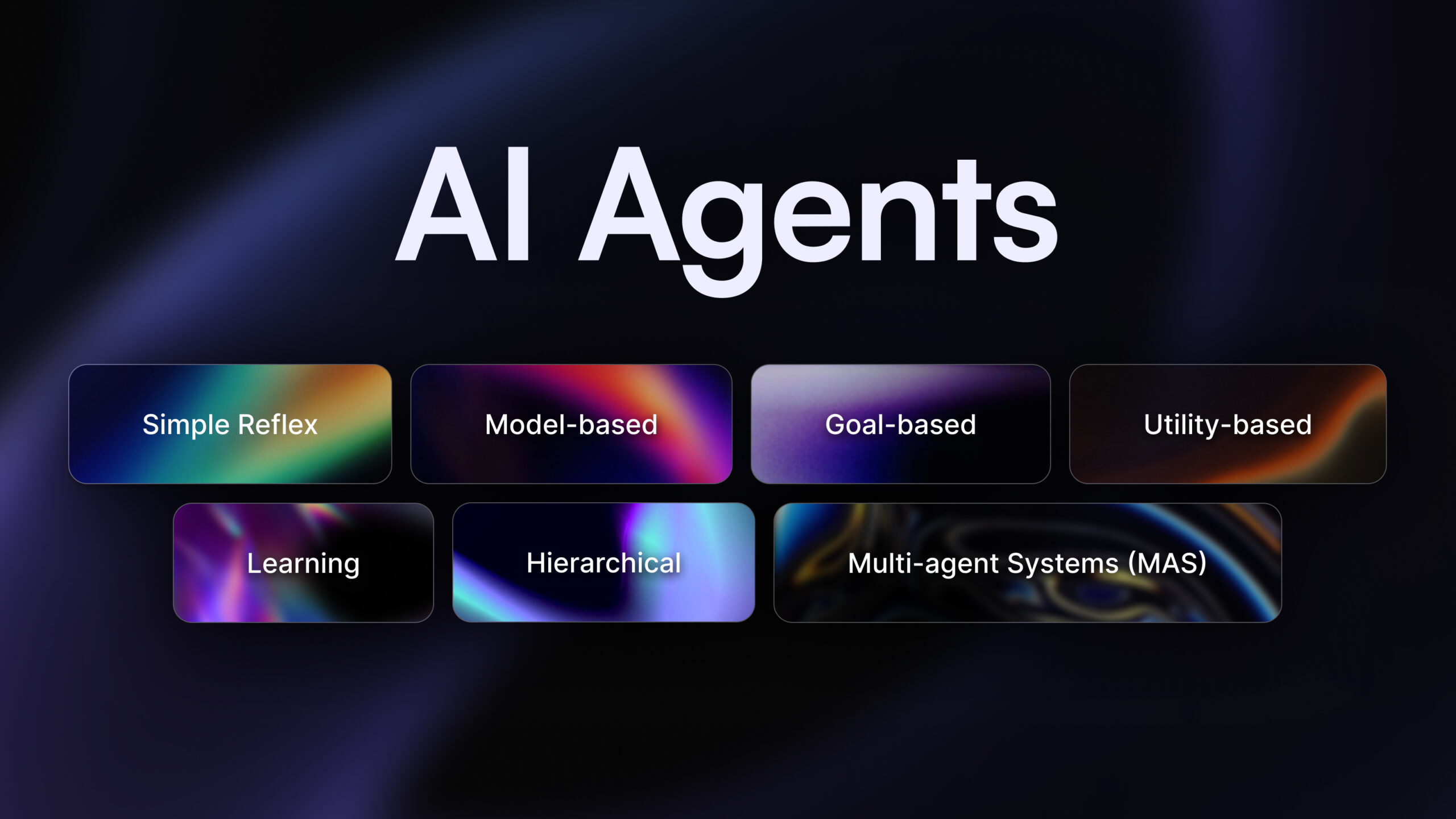If you run a franchise network, mid-market service business, or manage field-based sales teams, you’ve likely asked the same question:
Why, despite all the tools, is productivity still flatlining?
Here’s the uncomfortable truth: it’s not your people. It’s the structure they’re working in.
NZ Context: Productivity Isn’t Just a Sales Issue — It’s a National Bottleneck
Low productivity is costing New Zealand more than deals. It’s hurting margins, investment, and resilience.
- NZ businesses experience 18% lower profit margins than OECD peers
(Deloitte NZ, 2023) - 58% of firms are unable to define ROI models for AI or automation, delaying innovation
(NZ Productivity Commission, 2022) - 3x higher business failure rates in low-productivity firms over 5 years
(Business NZ, 2024) - 62% of companies face serious challenges with data infrastructure (Digital Readiness Index, 2023)
This isn’t due to a lack of tools — it’s a lack of operational alignment and integration.
Where It’s Breaking Down — 3 Core Patterns
From our research across cleaning, logistics, insurance, and other field-heavy sales sectors, three patterns consistently show up:
1. Leads Are There — But They Aren’t Prioritised
CRMs are packed with leads, but there’s no daily logic for what to action first. Reps are left guessing:
- Who’s hot?
- Who’s due for follow-up?
- Who’s worth re-engaging?
Without automated prioritisation, high-value leads often go cold while effort is wasted on low-potential accounts.
2. Estimates Are Manual and Inconsistent
Lack of standardisation in quote generation leads to:
- Time lost chasing info
- Errors in pricing or scope
- Delayed delivery and reduced close rates
Worse — quotes vary between reps, creating brand inconsistency and confusion for head office.
3. Upsell Opportunities Slip Through the Cracks
Even when clients are happy, reps rarely have:
- Triggers to identify upsell moments
- Visibility into usage or behaviour patterns
- Tools to act on cross-sell insights
The result? Recurring revenue is left on the table.
How Organisations Are Trying to Fix It
Many businesses are trying to solve this through:
- More headcount — which raises cost without improving flow
- CRM plugins and sales tools — which often create more silos
- Manual dashboards and tracking sheets — which are out of date by the time they’re opened
A few are getting smart. They’re building:
- Unified sales data environments
- Lead scoring models
- Templated estimation systems
- Daily prioritisation workflows
It’s not just about having AI — it’s about operationalising intelligence.
Final Thought: Work Smarter Before You Work Harder
Sales productivity doesn’t start with a motivational speech. It starts with fixing the systems that are draining your best people.
If you’re still:
- Sorting leads manually
- Quoting from scratch
- Leaving upsells to chance
Then your sales team isn’t underperforming — they’re under-supported.
Next Up
Want to see what a structured sales workflow actually looks like?
We can walk you through Jani King’s example and show what’s possible.



.png)